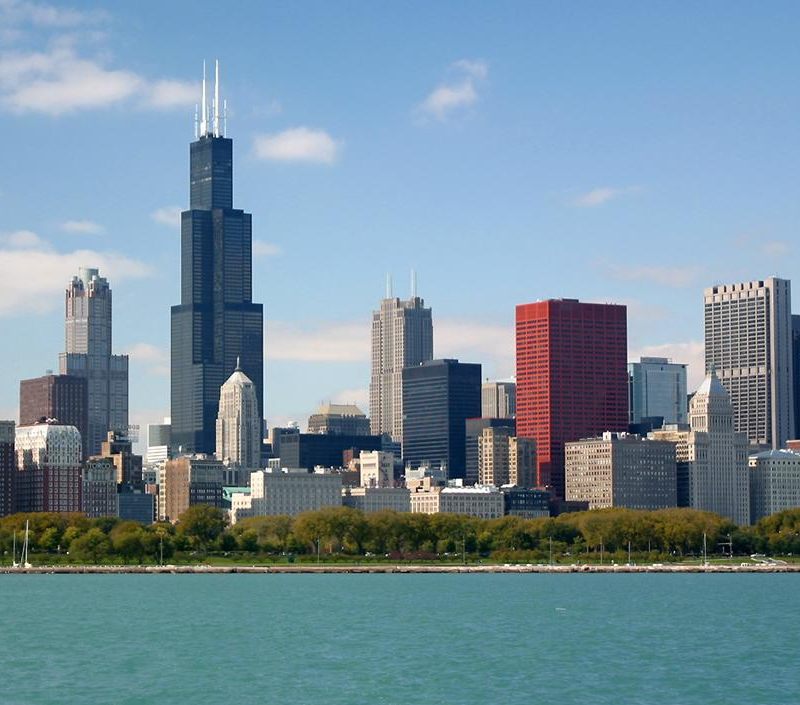Chicago, Illinois. The world's most badass city.
"The Image of the City" by Kevin Lynch
Lynch goes into detail about the city and the many parts that create the mental image of the city. Lynch explains the importance of urban planning and how a cities layout affects the way we interpret a city. Lynch is accurate and correct in his writings, but that does not mean that I care, nor need to read about what he says. I find it to be common knowledge that streets near a landmark or node become more important due to their proximity to an important piece of a city. This reading contained lots of information about the structure of a city, yet i found none if it to be necessary to read. With every turn of the page I found myself wondering when Lynch would make a point and explain why I was reading this excruciatingly detailed description of a city.
It may be that because I am from chicago I find no value in this reading. To me Lynch is describing in extreme detail something I have experienced my entire life. I am aware and understand how minute details change a city, and how they can affect our ability to navigate through a city. Although unhelpful to me, this reading would be very helpful to someone from a small town. I recently visited Nashville, Tennessee, a city that is not organized in a grid, like Chicago. I found myself feeling lost while attempting to navigate the maze of winding streets. My entire life I have used the techniques and visual cues that Lynch writes about. Without them I was unable to navigate this new and foreign land.
Lynch does effectively describe the city, and also teaches us the language with which to describe the city. He explains that our image of a city is made up of five elements: paths, edges, districts, nodes and landmarks. Paths are any line of travel, be it a sidewalk, a major street, or a train line. We observe the city while traveling on these paths. Edges are any element of a city that separates a viewer from something else. Barriers, walls, and rivers are all edges because they physically break up space. Edges don't always have to be physical barriers, a street that marks the end of a district could be seen as an edge. Districts are different areas of a city in other words neighbourhoods. They are typically not marked by physical boundaries. Nodes are central parts of districts. A district can have multiple nodes. Nodes are the centers for activity within a district. Nodes are typically not marked off by physical barriers but rather occupy and understood mental area.
North, Damen, and Milwaukee streets (aka "6 corners") is a node in Wicker Park.
Landmarks are physical objects which denote an important area. They can be used as navigational tools to keep us from becoming lost.
This pillar in Logan Square is a landmark.
"Walking in the City" by Michael de Certeau
de Certeau offers two views of New York City. The first being the view from a skyscraper. This birds eye view paints an image of organization and structure. Patterns form in the grid like streets and the undulation of buildings. He then contrasts this view of the city with the view of a pedestrian traveling through the city. Describing the poetic way in which we navigate a city, not necessarily using the structured grid laid out for us, but traveling in a more subjective way by creating our own routes and shortcuts.
It may be my scientific thought process, or something to do with being born into the age of the internet where information is immediate and always at my fingertips. But I found both of these readings, particularly de Certeau's to be quite wordy. I found myself skimming through pages of beautifully written prose searching for relative information. de Certeau waxes poetic about the beauty of the city, and the wonderful experience of traversing its corridors. Which, while pretty to read, does not interest me. I do not read this and feel informed. I feel more like I am reading a very long and beautiful poem. de Certeau was born in 1925, so the city is an entity that he watched grow into something wondrous and awe inspiring; Therefore he must and obviously feels strongly about the city and it's greatness.
Perhaps I am jaded.




No comments:
Post a Comment